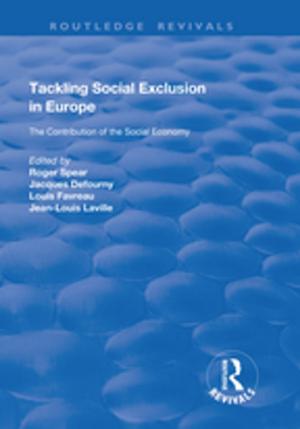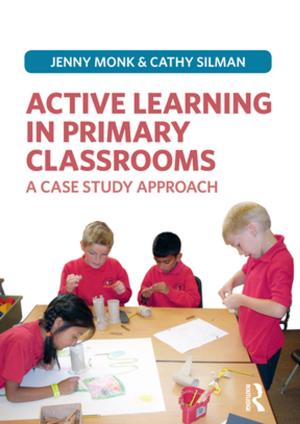The Social Dynamics of Family Violence
Nonfiction, Social & Cultural Studies, Social Science, Sociology| Author: | Angela Hattery | ISBN: | 9780429973970 |
| Publisher: | Taylor and Francis | Publication: | May 15, 2018 |
| Imprint: | Routledge | Language: | English |
| Author: | Angela Hattery |
| ISBN: | 9780429973970 |
| Publisher: | Taylor and Francis |
| Publication: | May 15, 2018 |
| Imprint: | Routledge |
| Language: | English |
"She died in September by the ugliest means, weighing an unthinkable 18 pounds, half what a 4-year-old ought to. She withered in poverty in a home in Brooklyn where the authorities said she had been drugged and often bound to a toddler bed by her mother, having realized a bare thimble’s worth of living…. Marchella weighed 1 pound 4 ounces when she was born, prematurely, on April 3, 2006. A relative recalls thinking she was about the size of a one-liter Pepsi bottle. A twin sister, born first, died. Her name was Miracle. —N. R. KLEINFIELD AND MOSI SECRET, “A Bleak Life, Cut Short at 4, Harrowing from the Start,” New York Times, May 8, 2011 This chapter will set the stage for an in-depth, theoretically framed discussion of various types of family violence, including elder abuse, intimate partner violence, and child abuse. In addition to defining key terms, we will also discuss the concept of family violence itself, which is, perhaps surprisingly, contested; compare and contrast scholarly approaches to thinking about family violence; and offer a reconceptualized model for considering family violence. Objectives Provide the latest empirical data on a variety of types of family violence Define critical concepts and recognize key issues relevant to the study of family violence Identify and introduce the theoretical paradigms that have been employed to analyze and understand family violence: (1) the family violence approach, (2) the feminist approach, and (3) the race, class, and gender (RCG) approach Illuminate the ways in which social structures and institutions, such as the economy, cultural norms, religious ideologies, and the military shape violence in families Illuminate the ways in which social statuses—race, social class, gender, age, and sexuality—shape patterns of violence in families Provide an honest discussion of the issues that families living with violence face"
"She died in September by the ugliest means, weighing an unthinkable 18 pounds, half what a 4-year-old ought to. She withered in poverty in a home in Brooklyn where the authorities said she had been drugged and often bound to a toddler bed by her mother, having realized a bare thimble’s worth of living…. Marchella weighed 1 pound 4 ounces when she was born, prematurely, on April 3, 2006. A relative recalls thinking she was about the size of a one-liter Pepsi bottle. A twin sister, born first, died. Her name was Miracle. —N. R. KLEINFIELD AND MOSI SECRET, “A Bleak Life, Cut Short at 4, Harrowing from the Start,” New York Times, May 8, 2011 This chapter will set the stage for an in-depth, theoretically framed discussion of various types of family violence, including elder abuse, intimate partner violence, and child abuse. In addition to defining key terms, we will also discuss the concept of family violence itself, which is, perhaps surprisingly, contested; compare and contrast scholarly approaches to thinking about family violence; and offer a reconceptualized model for considering family violence. Objectives Provide the latest empirical data on a variety of types of family violence Define critical concepts and recognize key issues relevant to the study of family violence Identify and introduce the theoretical paradigms that have been employed to analyze and understand family violence: (1) the family violence approach, (2) the feminist approach, and (3) the race, class, and gender (RCG) approach Illuminate the ways in which social structures and institutions, such as the economy, cultural norms, religious ideologies, and the military shape violence in families Illuminate the ways in which social statuses—race, social class, gender, age, and sexuality—shape patterns of violence in families Provide an honest discussion of the issues that families living with violence face"















